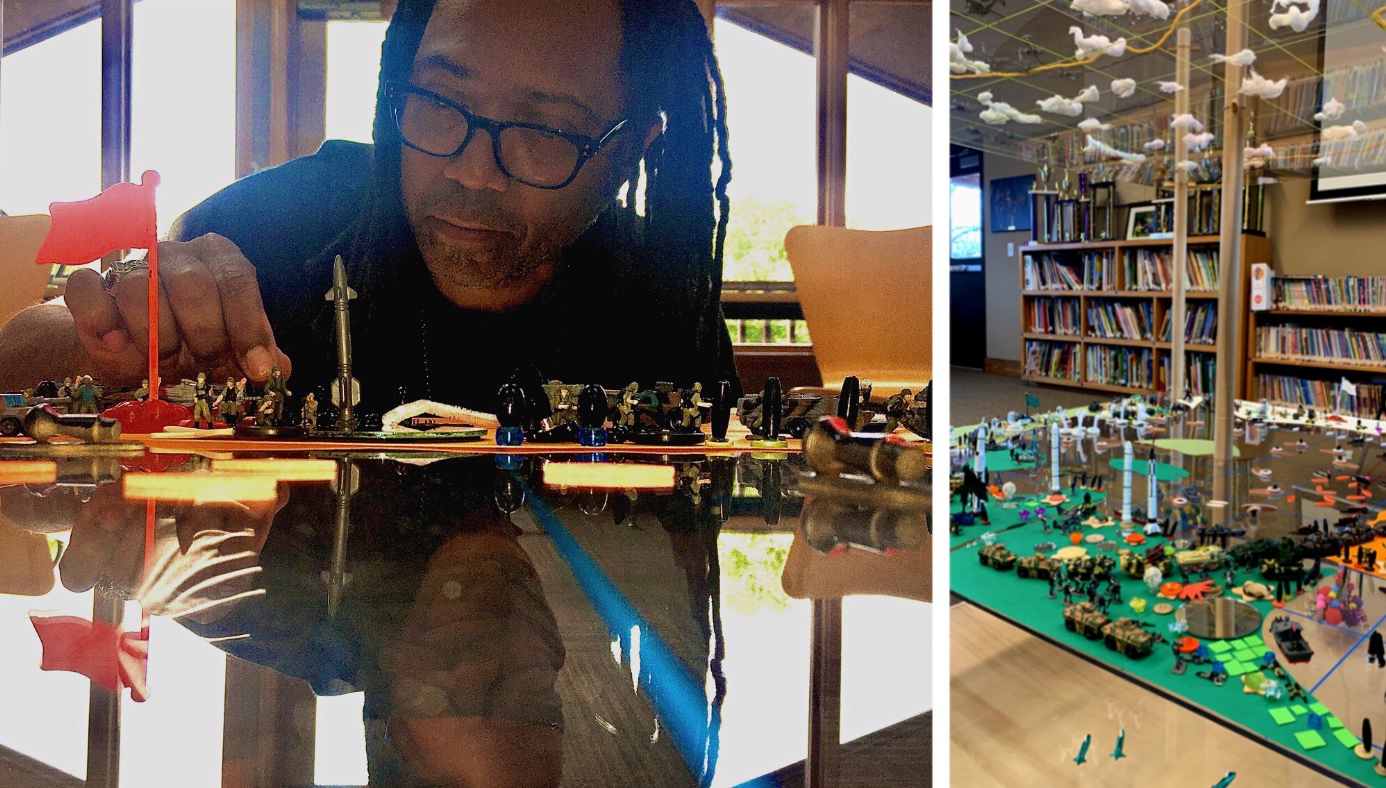By Laura Sinkler, Lower Elementary Guide
The Long Black Strip is a lesson in humility. It is 100 feet of black fabric representing the 4.6 billion years of Earth’s history. The Black Strip is an impressionistic lesson given to demonstrate the length of time it took to form the Earth’s crust, fill the hollows with water, and the oceans with salts, before the first living creatures came on Earth told in the last 10 feet or so of the strip, with the last half inch in red, the time humans have been on Earth in relation to Earth’s history. The students walk along with the strip as the story of Earth unrolls, told with few words as they keep looking back to the beginning, at last holding the red strip at the end which represents all of the human civilizations. One student realized that though the red strip is small it is still growing.
Dr. Maria Montessori came up with the Long Black Strip when she and Mario were developing the elementary curriculum in India in 1939. It has been told that a young student was questioning what he could learn from them when he was from one of the oldest civilizations in the world. Her response was to make a work that demonstrated that no civilization has been around since the beginning. She had fabric sewn together that was 300 meters (984 feet long). It was so long and so heavy that it had to be carried on a wooden spool placed between two bicycles and unwound slowly and out of view through the streets of Madras, India. More than 80 years later, and on a much smaller scale, the students are still in awe when they see this lesson.
Preceding the Long Black Strip, the students have had lessons on the formation of the Earth and the timeline of life. After this lesson, we looked at another chart called the Clock of Eras, which compresses Earth’s history into a 12 hour day, the dinosaurs’ time on Earth would have been as long as lunch time, and the red strip, if Earth’s history was in a 12 hour day, would take 14 and 1/2 seconds, let’s count that out together…







